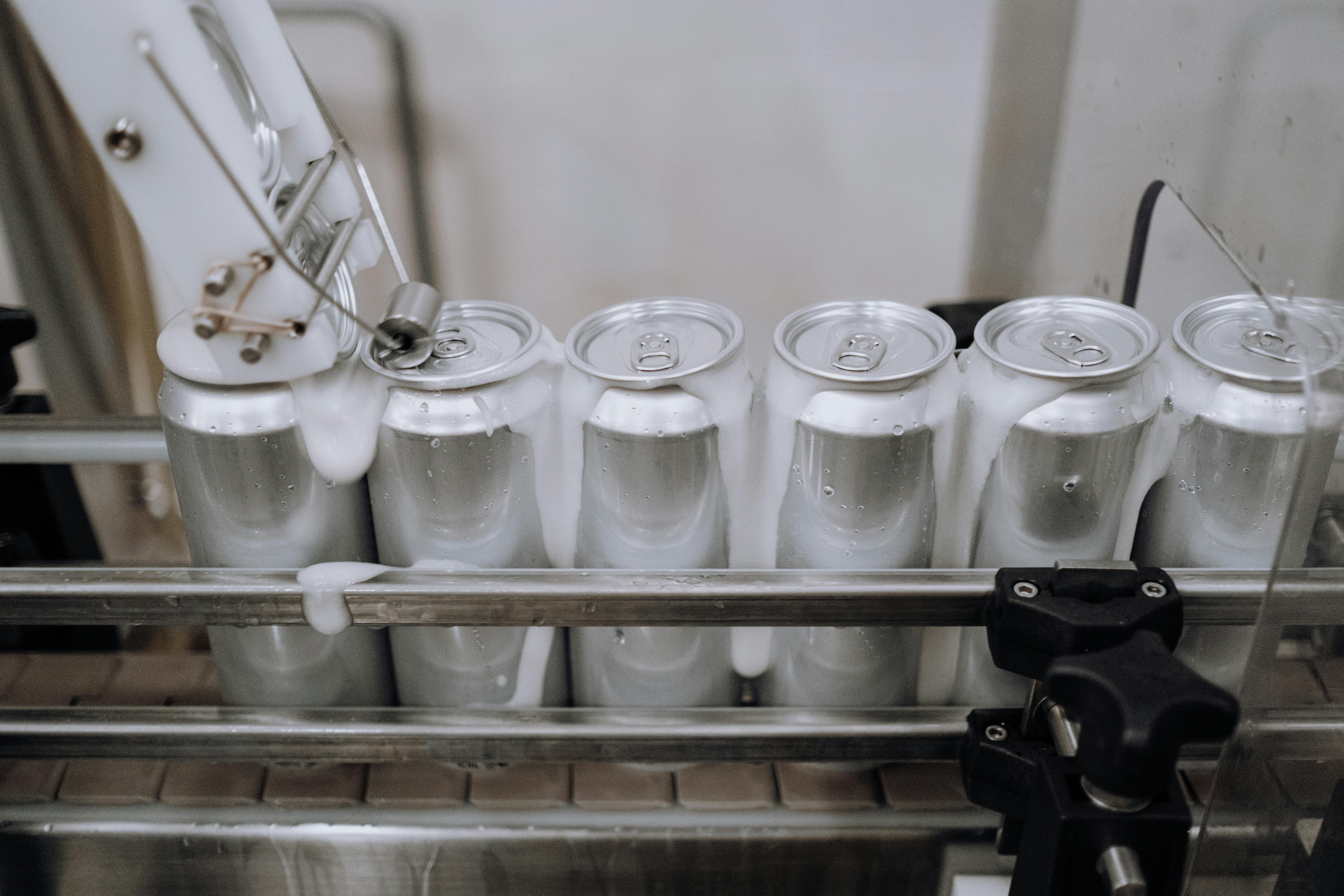Distillation is a process used to separate components of a liquid mixture based on differences in their boiling points. It is an important laboratory technique and a key part of many industrial processes. In distillation, the condenser plays an important role as it is responsible for cooling and condensing the vapors produced during the distillation process. The condenser works by utilizing a coolant to absorb thermal energy from the vapor stream, causing it to cool and condense into liquid form. This condensed liquid can then be collected and separated from the original mixture. This article will discuss how condensers work in distillation, the different types available, and their applications.A condenser is a heat exchanger which is used to cool hot vapors, resulting in the condensation of the vapor into a liquid. It is an integral part of the distillation process, as its primary function is to separate liquid mixtures by cooling vapors so that they can be collected. In a typical distillation setup, vaporized material passes through a tube, where it is cooled and condensed by the condenser. The condensed liquid then collects in a vessel at the end of the tube.
Working Principle of Condenser in Distillation
A condenser is one of the most important components used in a distillation process. It is used to cool and condense the hot vapor of the distillate back into a liquid form. The condenser works by passing coolant, such as water or air, through a series of coils or tubes which contact the hot vapor, causing it to cool and condense. This cooled liquid then passes out of the condenser and can be collected for use. In some cases, the condensed liquid may pass through an additional cooling stage before collection.
The condensers used in distillation processes must be designed to operate efficiently and safely at high temperatures and pressures. They must also be able to withstand large amounts of corrosion due to the presence of corrosive chemicals in the distillate. To ensure that these conditions are met, manufacturers typically construct their condensers from materials such as stainless steel, copper alloy or even titanium.
The efficiency of a condenser is determined by its ability to transfer heat away from the hot vapor quickly and efficiently while keeping it at a safe temperature level. To help achieve this, many manufacturers incorporate cooling
Types of Condensers used in Distillation
Distillation is a process used to separate and purify components from a mixture. It requires the use of a condenser to cool and convert the vaporized mixture into a liquid. Different types of condensers are available for this purpose, and each one has its own advantages and disadvantages. The three main types of condensers used in distillation are shell-and-tube, air-cooled, and water-cooled condensers.
Shell-and-tube condensers are the most common type of condenser used in distillation processes. They consist of a bundle of tubes surrounded by a shell filled with cooling medium such as water or steam. The vaporized mixture passes through the tubes, where it is cooled by the surrounding medium and converted into liquid form. The main advantage of shell-and-tube condensers is that they are relatively inexpensive and easy to maintain. However, they can be bulky and require large amounts of energy to operate.
Air-cooled condensers are another type of condenser used in distillation processes. In this type, air is used as the cooling
Factors Affecting the Performance of a Condenser in Distillation
A condenser is an essential part of a distillation process as it helps to cool down the vapor from the boiling point and turn it back into liquid form. Its performance is key to achieving the desired outcome from a distillation process. Therefore, it is important to understand the factors that can affect its performance. These include:
The type of condenser used: The type of condenser chosen can play a role in its performance. Different types have different capabilities and limitations, so it is important to choose one that best suits the needs of the particular distillation process.
The size of the condenser: The size of the condenser also affects its performance. If it is too small, then it may not be able to sufficiently reduce the temperature of the vapor, resulting in an incomplete or unsatisfactory distillation process.
The speed at which the vapor passes through: The speed at which vapor passes through the condenser will have an effect on its performance. If there is insufficient time for heat to be properly dissipated, then this
Components of a Condenser Used in Distillation
A condenser is one of the most important components of a distillation setup. It is used to cool and condense vapors back into liquid form. The condenser consists of several different elements, including a heat exchange unit, cooling water supply, and outlet tubes. The heat exchange unit is typically made up of copper or stainless steel tubing that is arranged in a coil or spiral shape. This allows for greater surface area contact with the cooling water which results in more efficient cooling. The cooling water supply provides the necessary coolant to keep the condenser at an ideal temperature for efficient condensation. The outlet tubes then collect the condensed liquid and direct it to the collection vessel. Additionally, some condensers may also include additional components such as valves or switches for controlling the flow of liquid or gas through the system.

Design Considerations for a Condenser Used in Distillation
The condenser is an essential component of a distillation system. Its primary purpose is to cool and condense the vapors produced during distillation. As such, careful consideration must be given when designing a condenser for use in a distillation system. There are several key factors that should be taken into account when designing a condenser for a distillation system, including the material of construction, the cooling method, and the design of the condenser itself.
Material of Construction
The material of construction is an important consideration when choosing a condenser for use in distillation. The material must be able to withstand high temperatures and pressures without corroding or deteriorating. Materials such as stainless steel, copper, and titanium are often used in distillation systems due to their durability and corrosion resistance. Additionally, it is important to consider the type of liquids being distilled; some materials may be better suited than others depending on the type of liquid being distilled.
Cooling Method
Another key factor to consider when designing a condenser is
Advantages of Condensers used in Distillation
Condensers are commonly used in distillation, as they help to reduce the temperature of the vaporized liquid and convert it back into a liquid form. This process can be incredibly efficient, allowing for a high degree of product purity and yield. One of the biggest advantages of using condensers is that they can produce higher quality products with minimal energy usage. In addition, condensers can also help to reduce potential losses due to evaporation and oxidation. Furthermore, because condensers are typically made with stainless steel or copper, they are relatively safe and durable.
Disadvantages of Condensers used in Distillation
The main disadvantage of using condensers is that they require additional equipment such as pumps and cooling systems. This means that the cost of setting up and running a distillation system can be fairly high. Additionally, condensers also need to be regularly maintained in order to ensure optimal performance. Finally, if the condenser is not properly designed or installed, it can cause problems such as leaks or other issues which can negatively
Maintenance
Proper maintenance of condensers used in distillation is essential to ensure that the process runs smoothly. The condenser should be checked regularly for any signs of wear and tear, such as cracks or leaks. The seals should be inspected for any signs of damage or deterioration, and any necessary repairs should be carried out as soon as possible to prevent further damage. In addition, the condenser and its associated parts should be cleaned regularly to remove any buildup of residue or debris that could lead to blockages or unexpected problems during operation.
Troubleshooting
If any issues arise during the operation of a condenser used in distillation, the first step is to identify the cause of the problem. This can include checking for blocked tubes, faulty valves, or broken seals. Once the source of the issue has been identified, appropriate corrective action can be taken to address it. Depending on the nature of the issue, this may involve cleaning or replacing components as necessary. In addition, if there are any other underlying issues that could cause similar problems in future operations, these should also be addressed at this time.
<
Conclusion
Condensers are a critical component of a distillation system that allow for the collection of distilled material. They work by cooling the vaporized material so it can condense back into its liquid form. The condensers come in many varieties, each with its own advantages and disadvantages. Some systems use water-cooled condensers, while others use air-cooled or plate-fin condensers. All types have their own characteristics and should be chosen based on the application and its needs. Whatever type is chosen, it is important to make sure that they are sized correctly and that they are properly maintained to ensure optimal performance.
In conclusion, condensers are an important part of any distillation system and their selection should be carefully considered for maximum efficiency and performance. They provide an efficient way of collecting condensed material from a vaporized form, and provide many advantages over other methods of collecting distilled materials.

